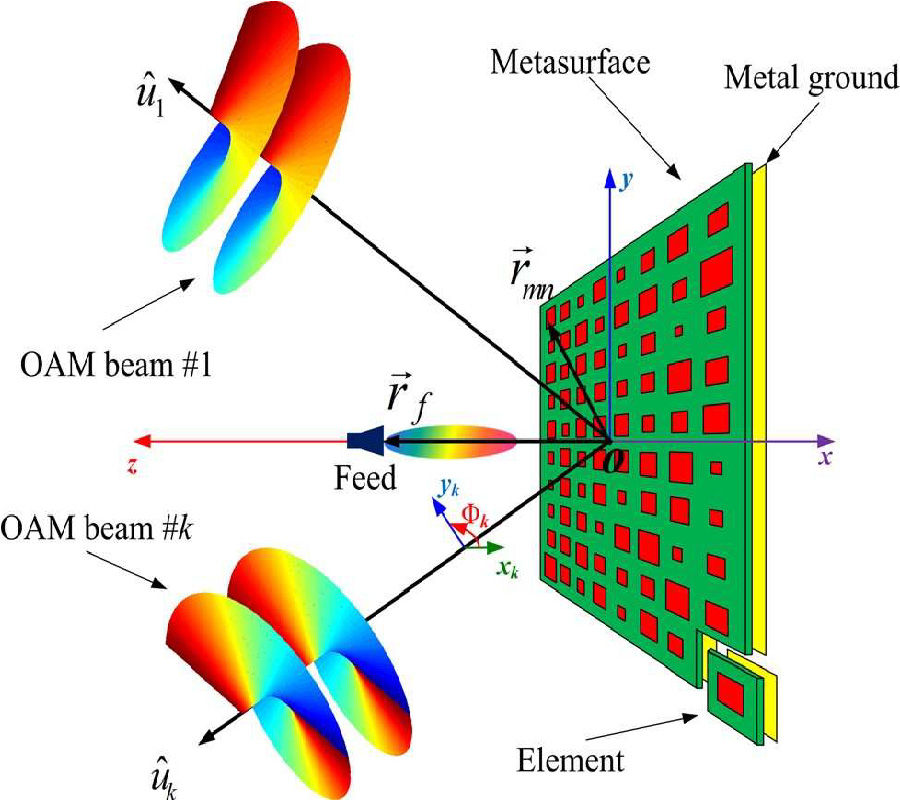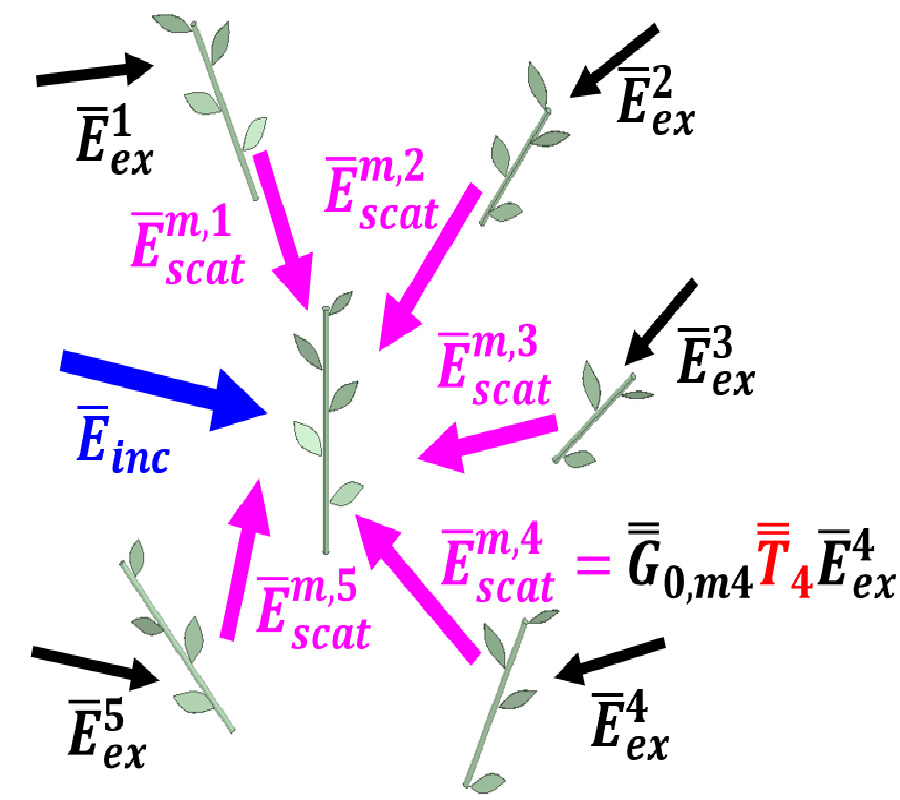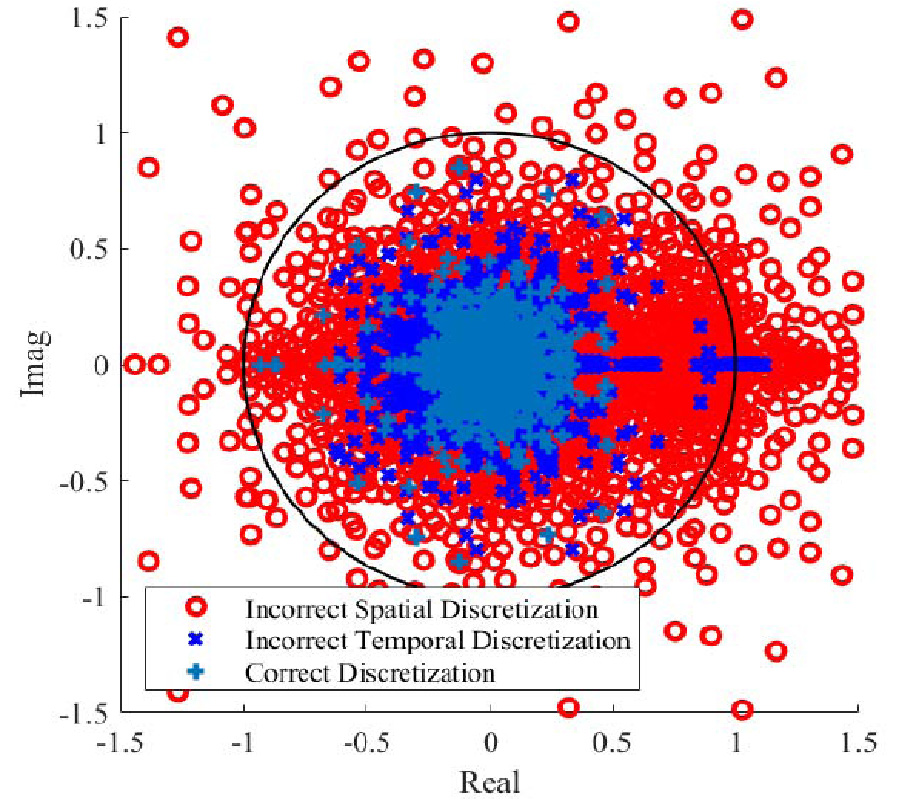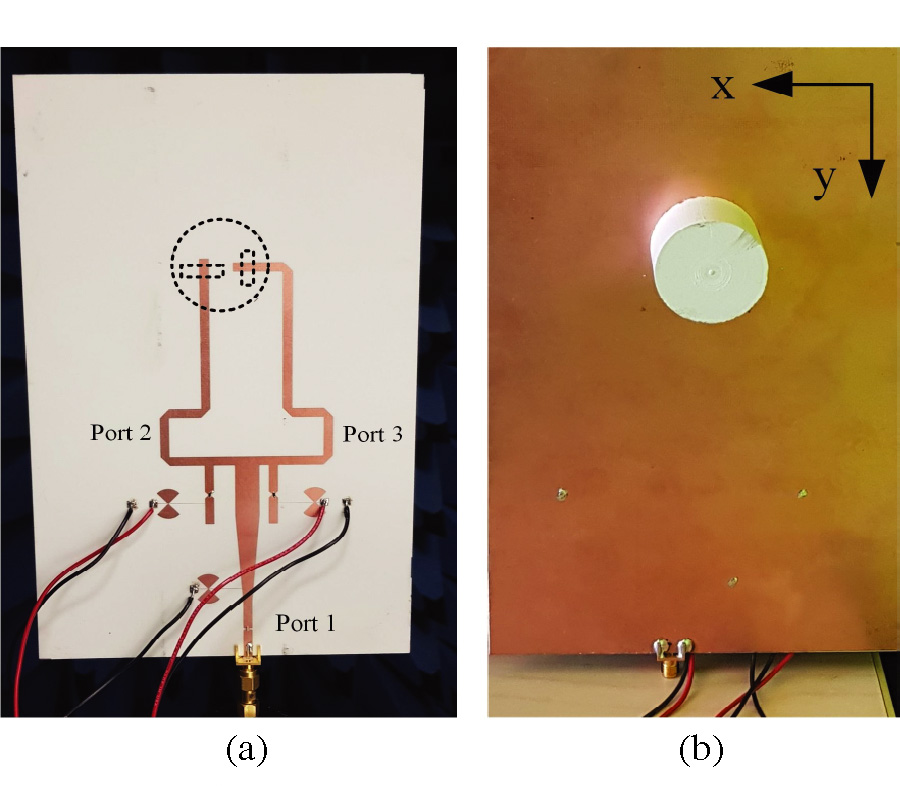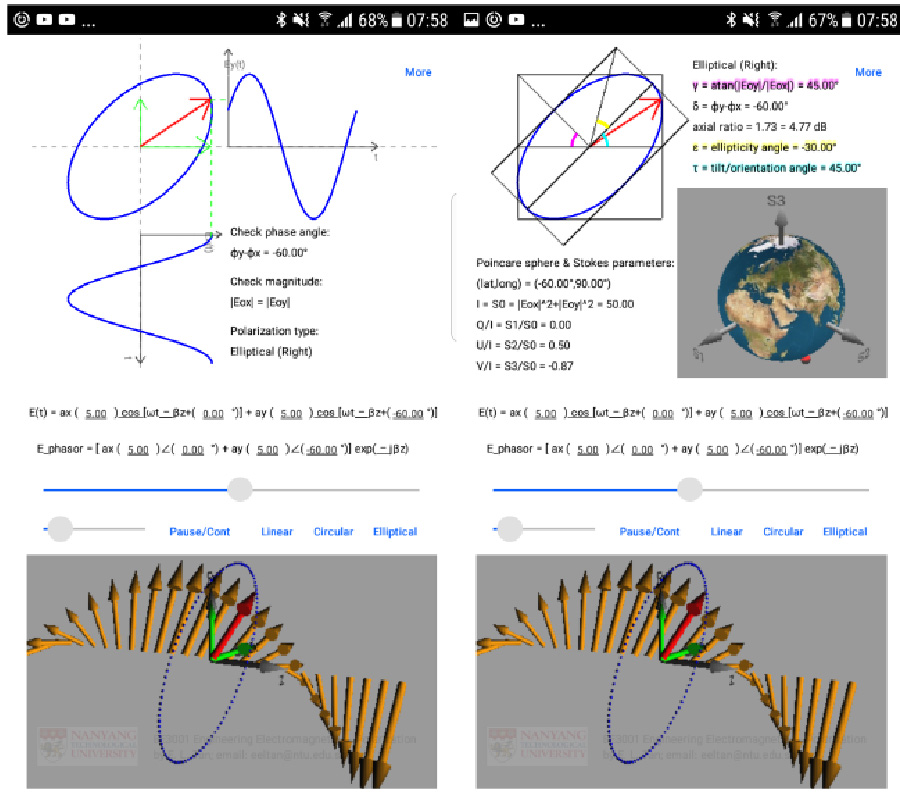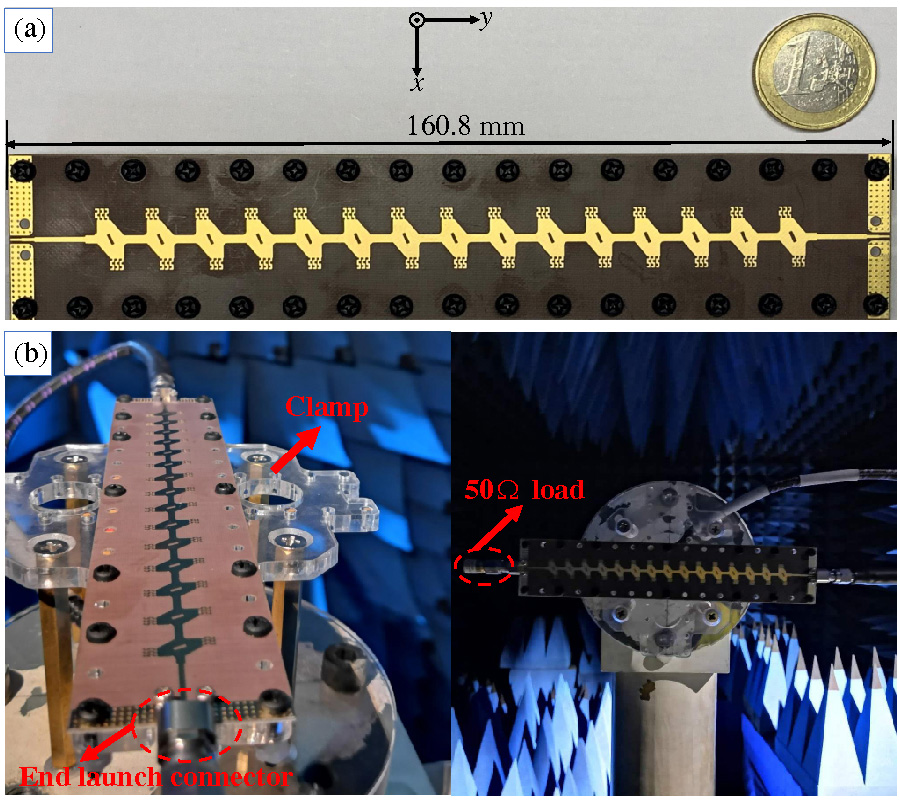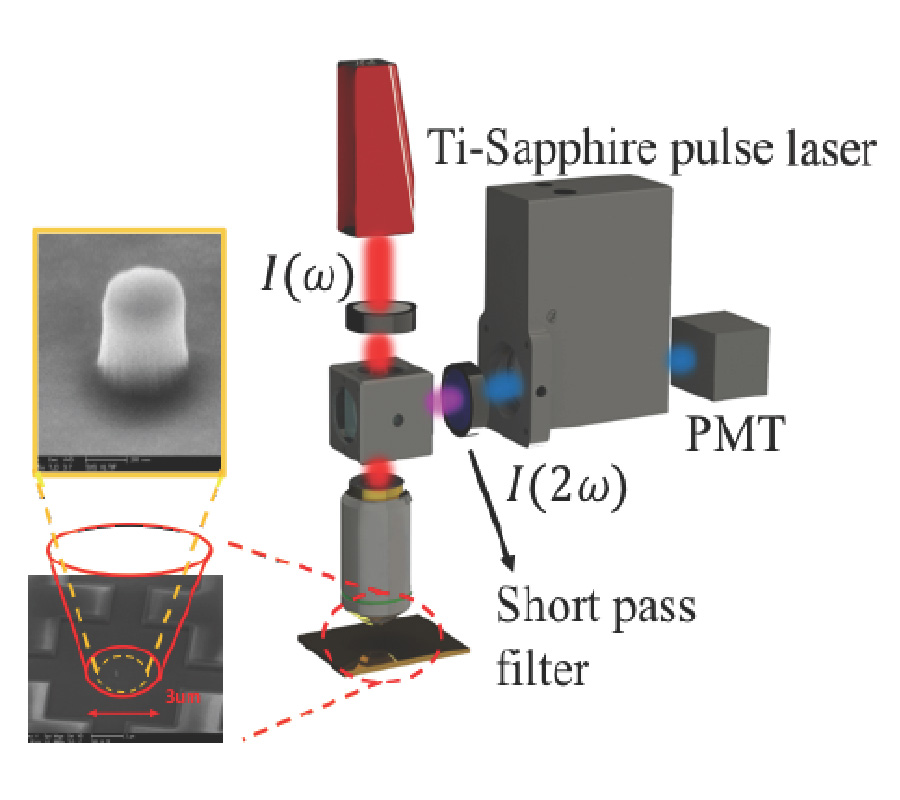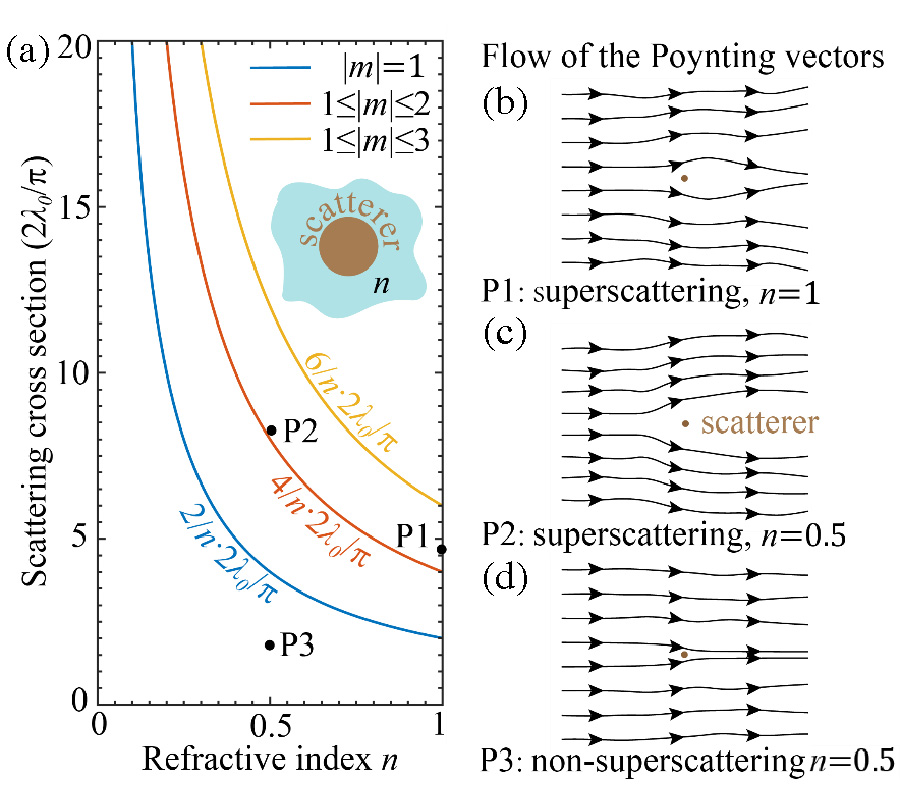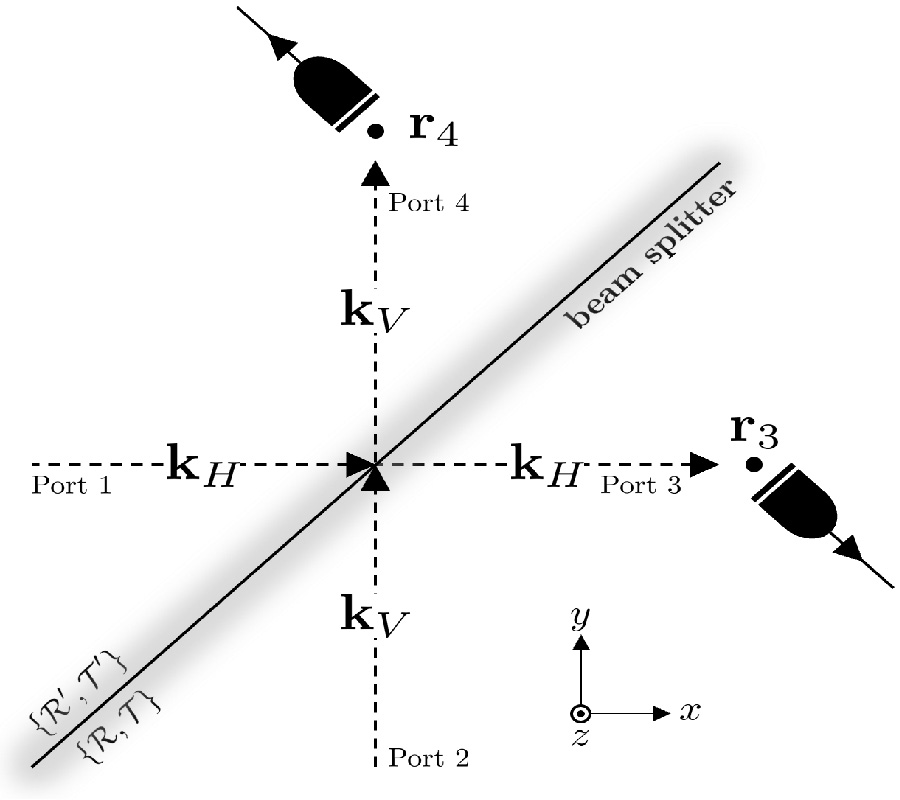Superscattering of Light in Refractive-Index Near-Zero Environments
Chan Wang,
Chao Qian,
Hao Hu,
Lian Shen,
Zuojia Wang,
Huaping Wang,
Zhiwei Xu,
Baile Zhang,
Hongsheng Chen and
Xiao Lin
Enhancing the scattering of light from subwavelength structures is of both fundamental and practical significance. While the scattering cross section from each channel cannot exceed the single-channel limit, it is recently reported that the total cross section can far exceed this limit if one overlaps the contribution from many channels. Such a phenomenon about enhancing the scattering from subwavelength structures in free space is denoted as the superscattering in some literature. However, the scatterer in practical scenarios is not always in free space but may be embedded in environments with non-unity refractive index n. The influence of environments on the superscattering remains elusive. Here the superscattering from subwavelength structures in the isotropic environment with near-zero index are theoretically investigated. Importantly, a smaller n can lead to a larger total cross section for superscattering. The underlying mechanism is that a smaller n can give rise to a larger single-channel limit. Our work thus indicates that the scattering from subwavelength structures can be further enhanced if one simultaneously maximizes the single-channel limit and the contribution from many channels.
